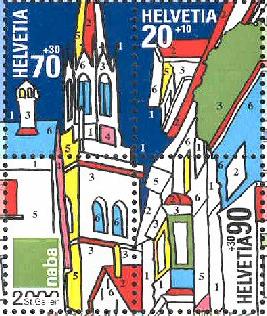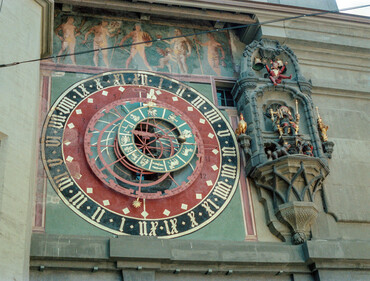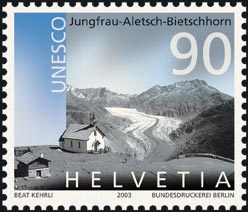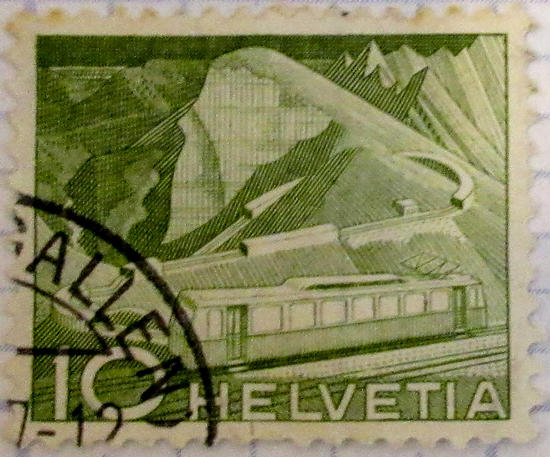

The Abbey of St Gall is an example of a great Carolingian monastery, and reflects 12 centuries of continuous activity. Its library is one of the richest and oldest in the world and contains precious manuscripts such as the earliest-known architectural plan drawn on parchment.

Bern was the first of two destinations we visited in Switzerland. The city was founded in 1191 on a hill site surrounded by the Aare River. The city gradually expanded from Nydegg Castle to the Zytglogge (Clock Tower). Then to the Kafigturm (Prison Tower), Nydeggstalden and Mattenenge. The Christoffel Tower became the city gate after the last expansion in 1360.

The pyramid-shaped, wooded mountain (1,096 m above sea level), to the south of Lake Lugano in Canton Ticino is regarded as the best fossil record of marine life from the Triassic Period (245-230 million years ago).

Joint listing with Italy, two historic railway lines that cross the Swiss Alps through two passes. Opened in 1904, the Albula line in the northwest 67 km long. It features an impressive set of structures including 42 tunnels and covered galleries and 144 viaducts and bridges. The 61 km Bernina pass line features 13 tunnels and galleries and 52 viaducts and bridges.
Two towns situated close together in the remote Swiss Jura mountains comprise the watchmaking town-planning site. They were planned in the early 19th century focusing on this single industry.
Joint listing with Austria, France, Germany, Italy, Slovenia, and Switzerland. This property includes 111 small individual sites with the remains of prehistoric pile-dwelling (or stilt house) settlements in and around the Alps built from around 5000 to 500 B.C.
Multiple sites in: Argentina, Belgium, France, Germany, India, Japan, and Switzerland (multiple sites)
Chosen from the work of Le Corbusier, the 17 sites comprising this transnational serial property are spread over seven countries and are a testimonial to the invention of a new architectural language that made a break with the past. They were built over a period of a half-century, in the course of what Le Corbusier described as "patient research".
For more links see Joint listing with Slovakia.
Joint listing with Albania, Austria, Belgium, Bosnia and Herzegovina, Bulgaria, Croatia, Czechia, France, Germany, Italy, Macedonia, Poland, Romania, Slovakia, Slovenia, Spain, Switzerland, and Ukraine. These are the largest remaining virgin forests of the European beech (Fagus sylvatica). They also hold the largest and tallest beech specimens in the world. This site originally consisted of ten separate components along an 185 km axis from the Rakhiv Mountains and the Chornohirskyi Range in the Ukraine, west along the Polonynian Ridge, to the Bukovske Vrchy and Vihorlat Mountains in Slovakia. The listing was extended in 2011 to include 5 Ancient Beech forests in Germany, further extended in 2017 to include more forests in 10 countries, and further extended in 2021.
Lynn Salmon <>{
Last updated: August 7, 2021